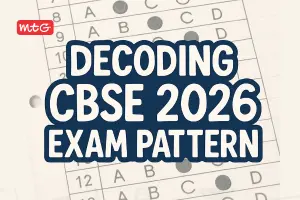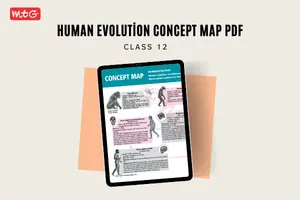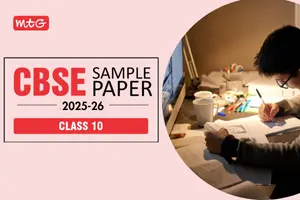
NCERT class 7 mathematics chapter 13 – “Visualising Solid Shapes” classify figures in terms of what is known as dimension. In our day to day life, we see several objects like books, balls, ice-cream cones etc., around us which have different shapes. One thing common about most of these objects is that they all have some length, breadth and height or depth. That is, they all occupy space and have three dimensions. Hence, they are called three-dimensional shapes. For the CBSE exams, practice multiple-choice questions (MCQs) to prepare for the objective questions. We have provided Class 7 MCQ Questions on “Visualising Solid Shapes” paired with comprehensive explanations. CBSE emphasizes the role of MCQs as they assist in completely understanding the concepts.
As compared to subjective questions, MCQs are very different so practicing and understanding how to get appropriate answers in MCQs is very essential. To revise the main concepts, students should practice all the MCQs with the answers given. This will also help them familiarize themselves with the kinds of questions that might appear in the board exams.
Previous – Symmetry Class 7 MCQS With Answers
Important – CBSE Class 7 Syllabus For 2024-25 Session
You will also like – Class 7 Math MCQ Question with Answers
Topics covered in “Visualising Solid Shapes”
- Plane Figures and Solid Shapes
- Faces, Edges, and Vertices
- Nets for Building 3-D Shapes
- Drawing Solids on a Flat Surface
- Oblique Sketches
- Isometric Sketches
- Visualising Solid Objects
- Viewing different sections of a Solid
- Shadow Play
CBSE Class 7 Mathematics Visualising Solid Shapes MCQs – PDF Download
Answers –
Summary for NCERT class 7 mathematics chapter 13 – “Visualising Solid Shapes”
- The circle, the square, the rectangle, the quadrilateral and the triangle are examples of plane figures; the cube, the cuboid, the sphere, the cylinder, the cone and the pyramid are examples of solid shapes.
- Plane figures are of two-dimensions (2-D) and the solid shapes are of three-dimensions (3-D).
- The corners of a solid shape are called its vertices; the line segments of its skeleton are its edges; and its flat surfaces are its faces.
- A net is a skeleton-outline of a solid that can be folded to make it. The same solid can have several types of nets.
- Solid shapes can be drawn on a flat surface (like paper) realistically. We call this 2-D representation of a 3-D solid.
- Two types of sketches of a solid are possible:
(a) An oblique sketch does not have proportional lengths. Still it conveys all important aspects of the appearance of the solid.
(b) An isometric sketch is drawn on an isometric dot paper, a sample of which is given at the end of this book. In an isometric sketch of the solid the measurements kept proportional.
- Visualising solid shapes is a very useful skill. You should be able to see ‘hidden’ parts of the solid shape.
- Different sections of a solid can be viewed in many ways:
(a) One way is to view by cutting or slicing the shape, which would result in the cross-section of the solid.
(b) Another way is by observing a 2-D shadow of a 3-D shape.
(c) A third way is to look at the shape from different angles; the front-view, the side-view and the top-view can provide a lot of information about the shape observed.






























